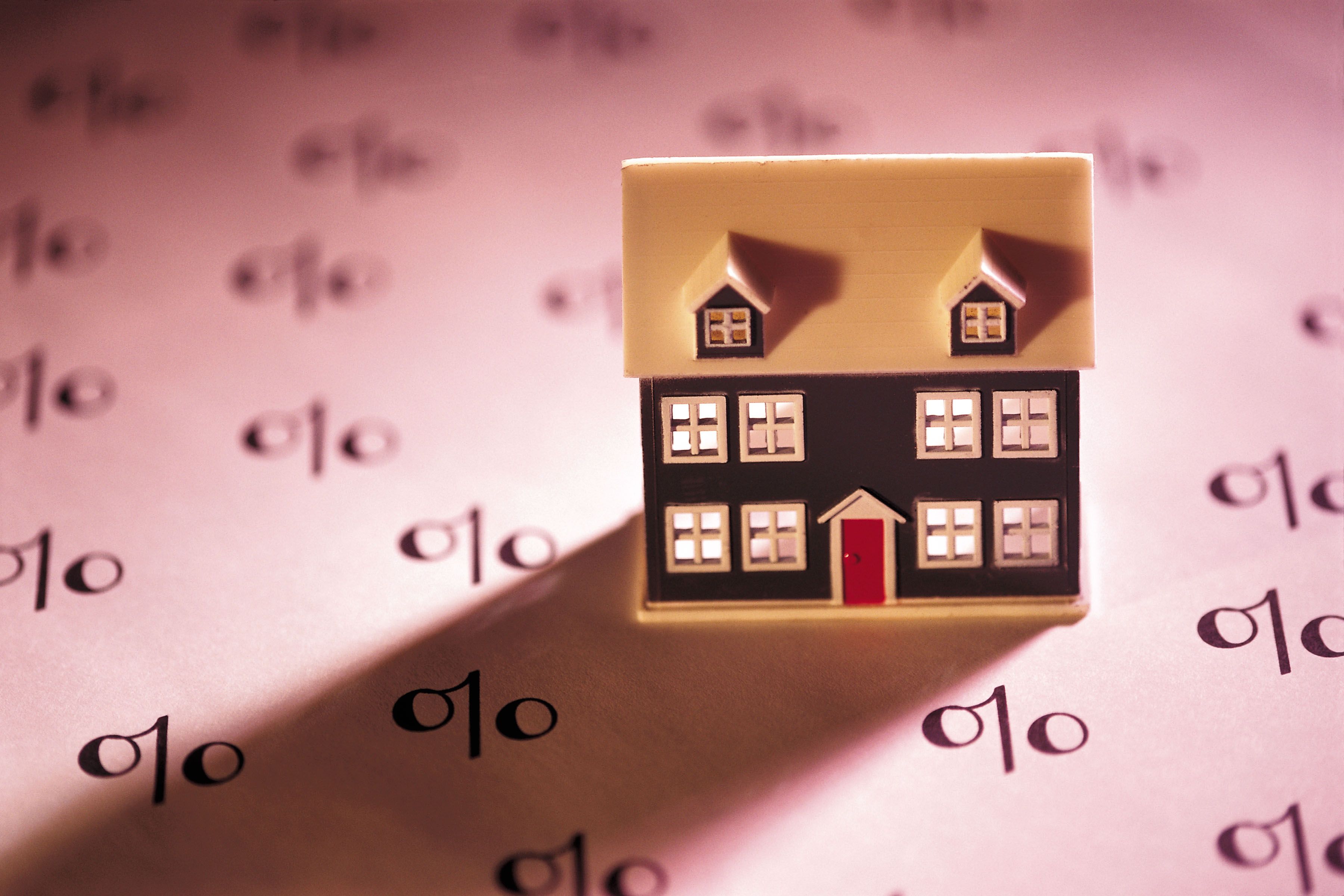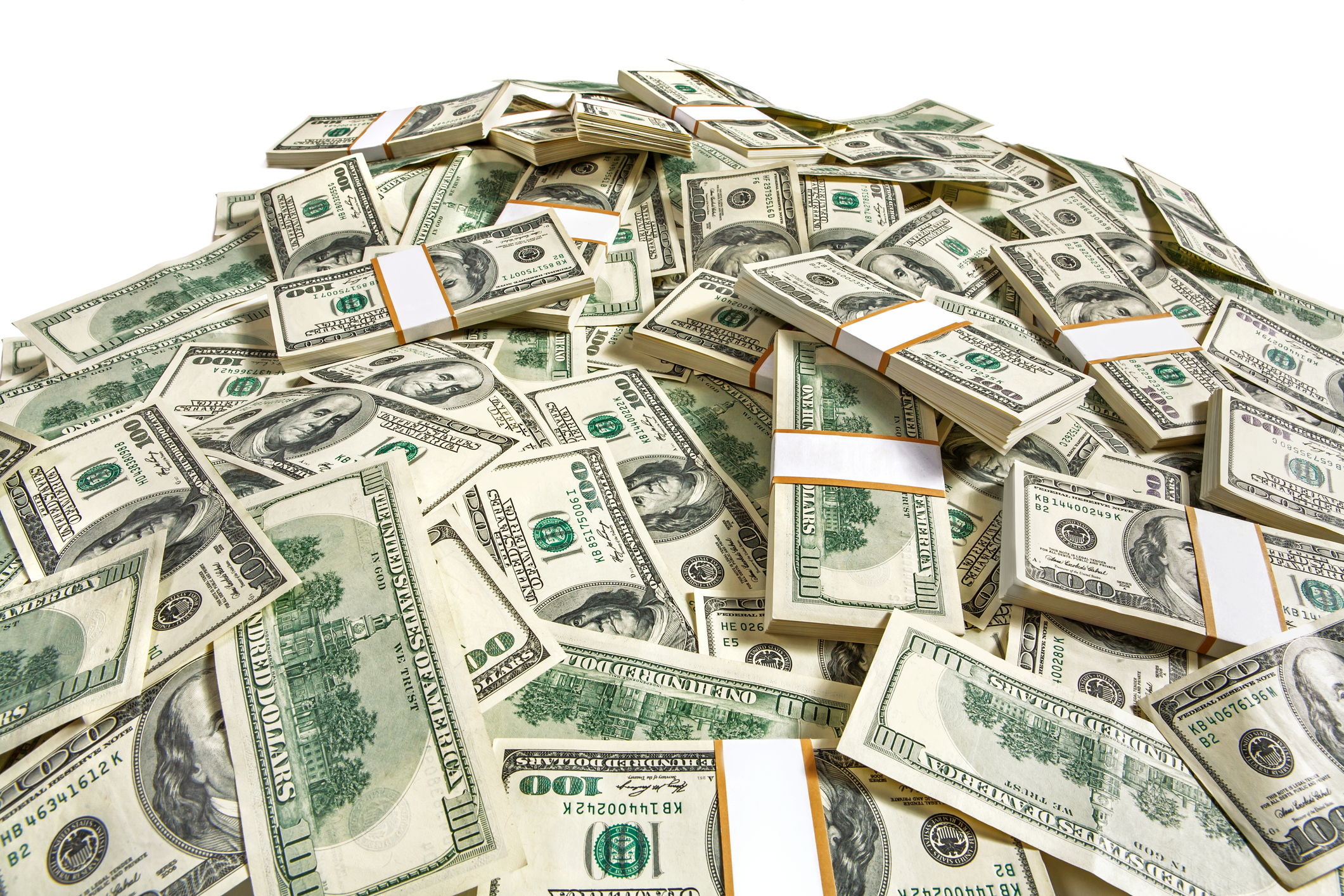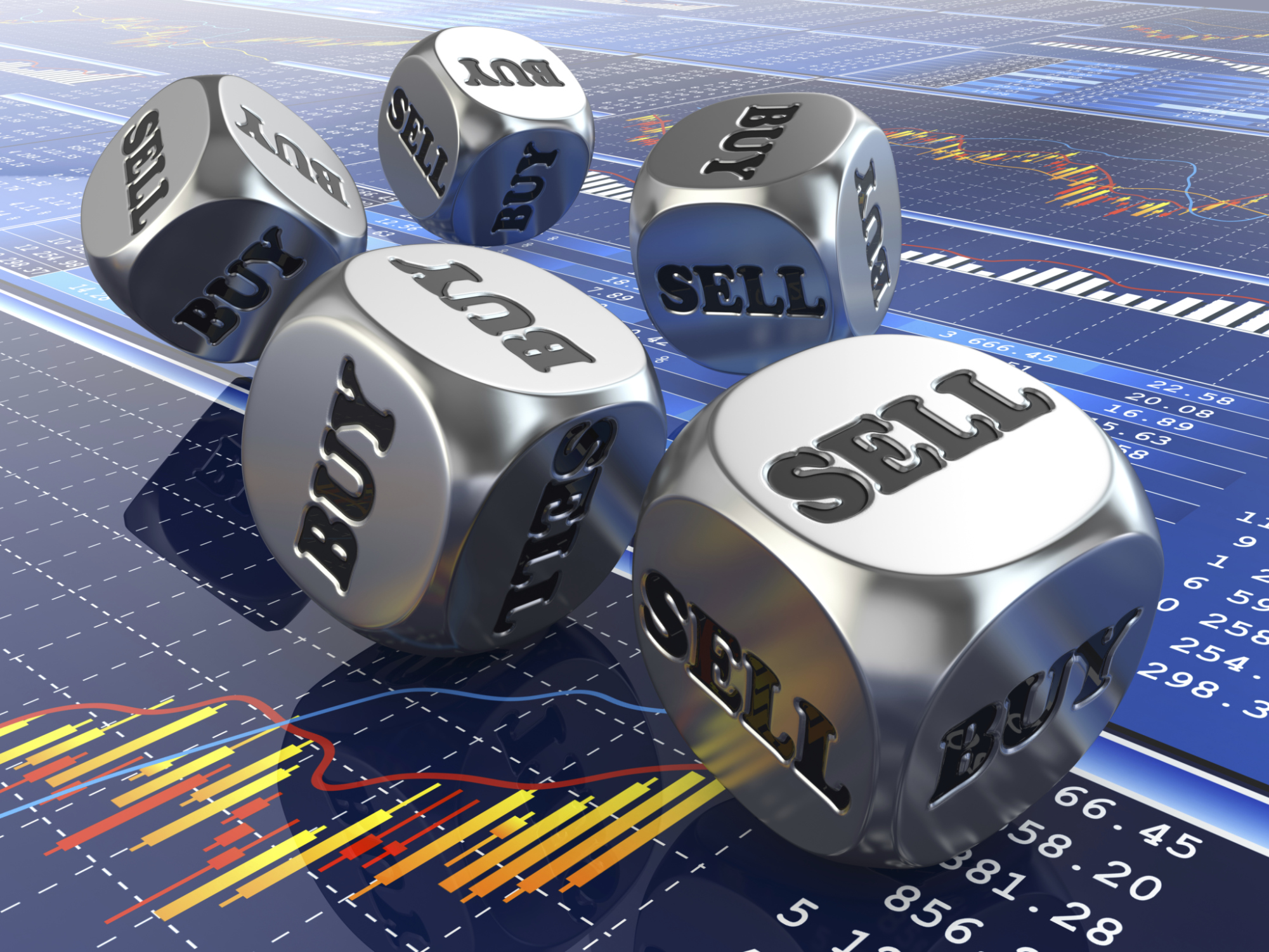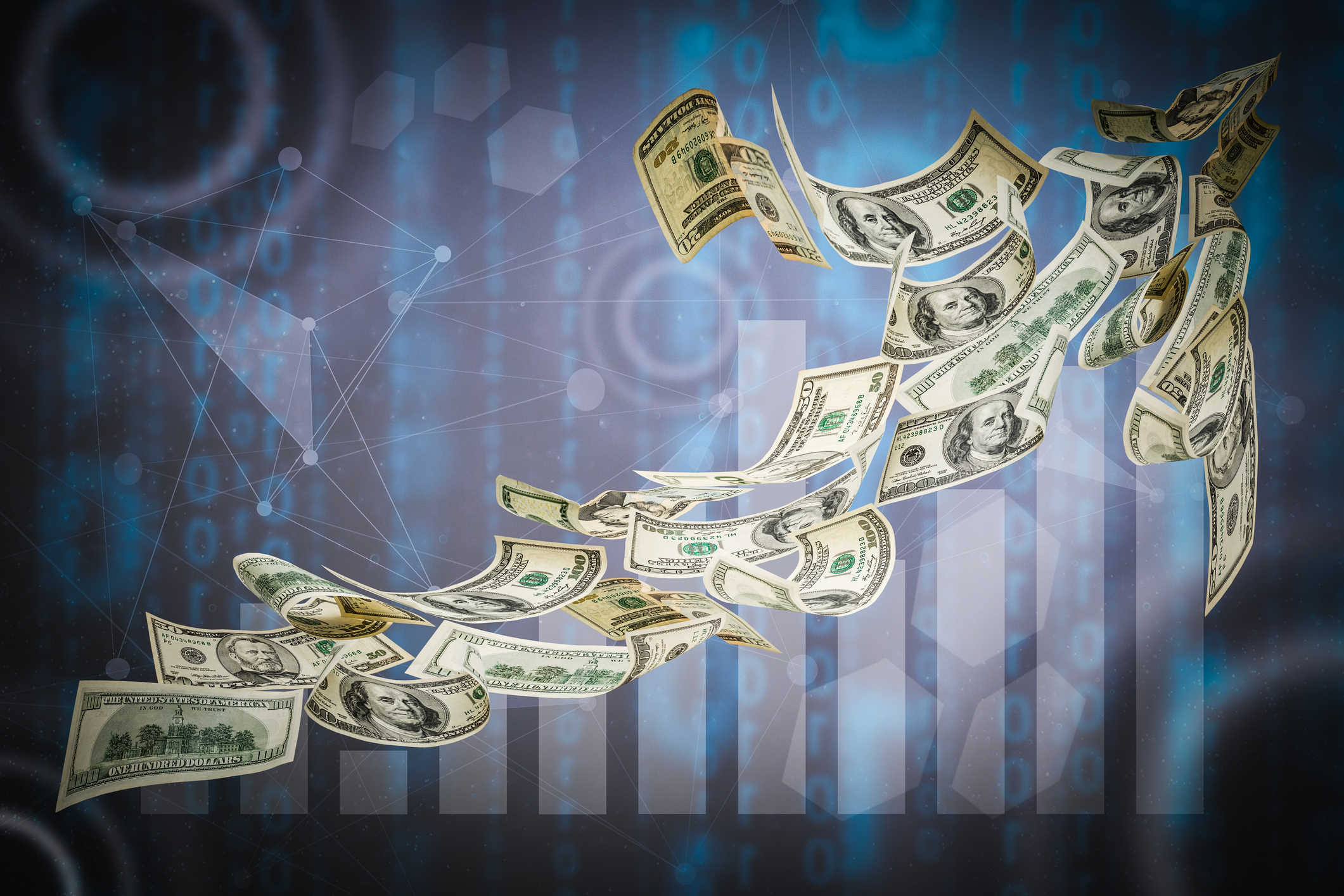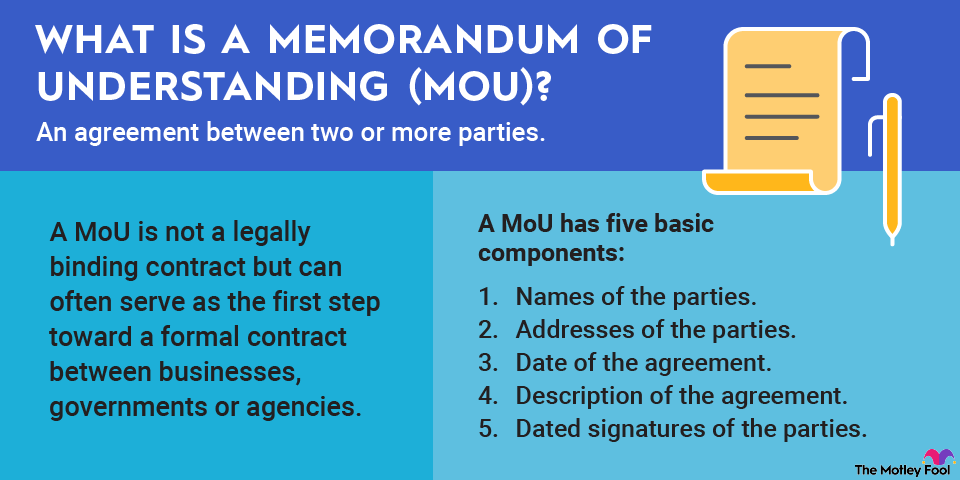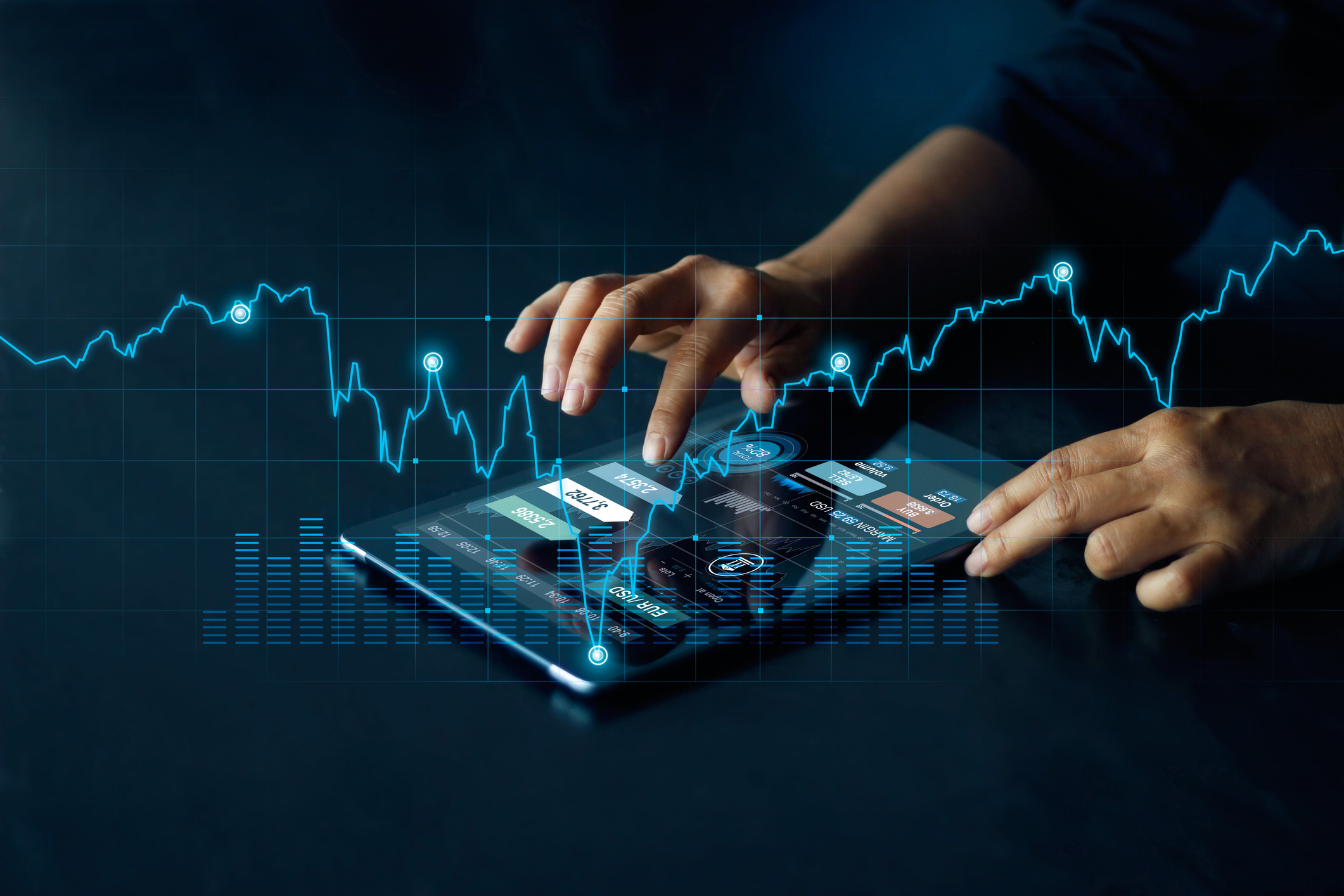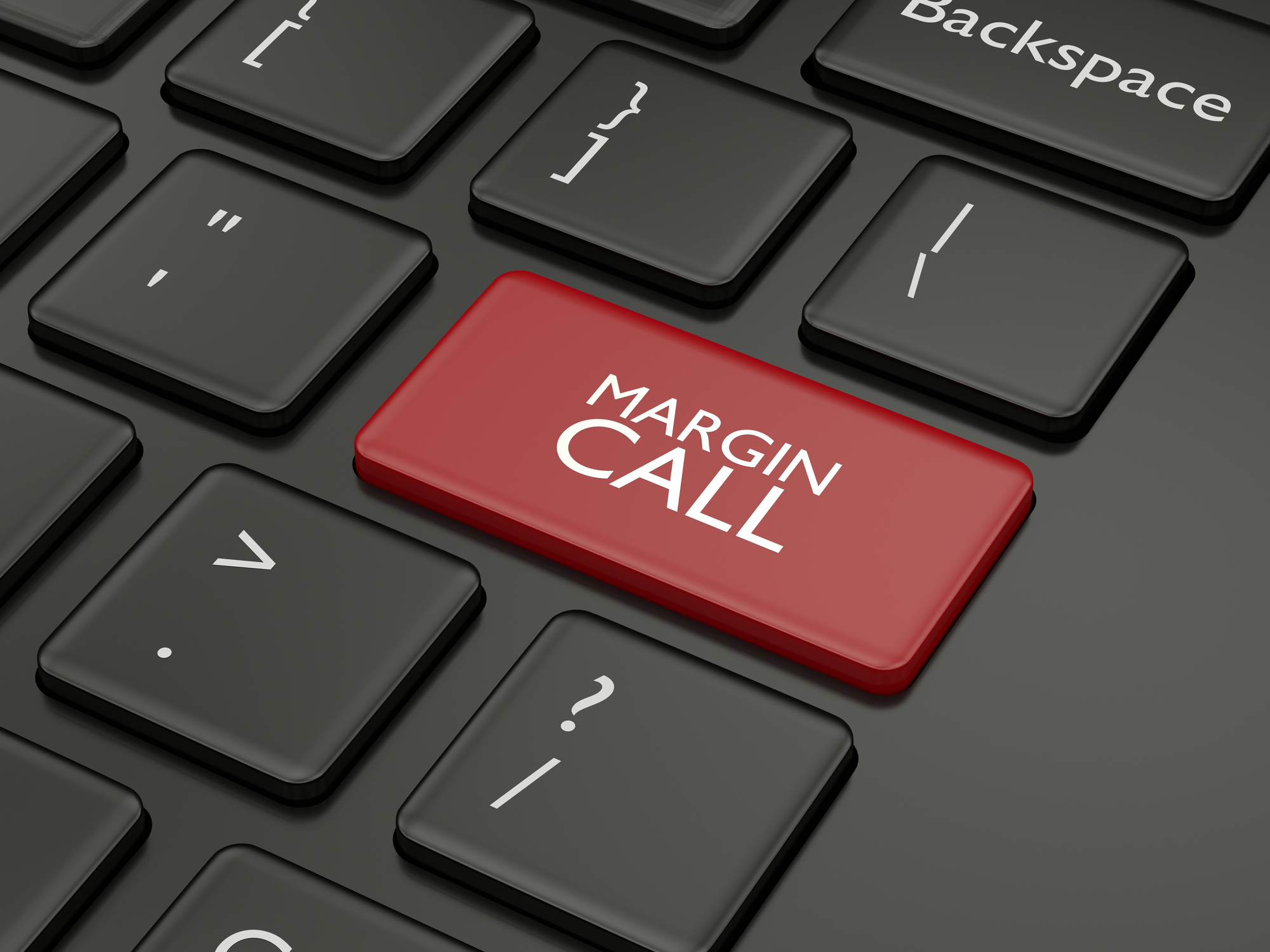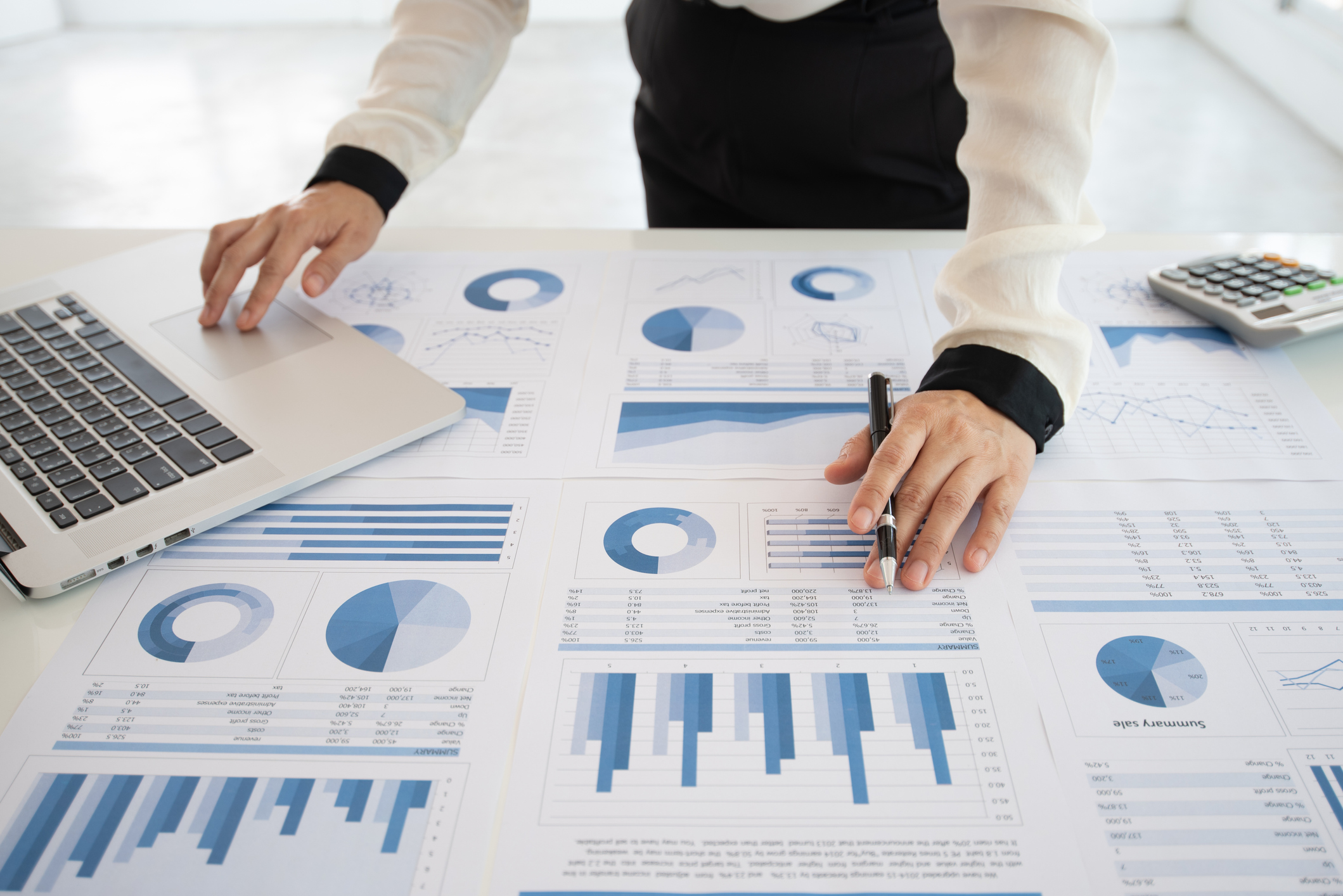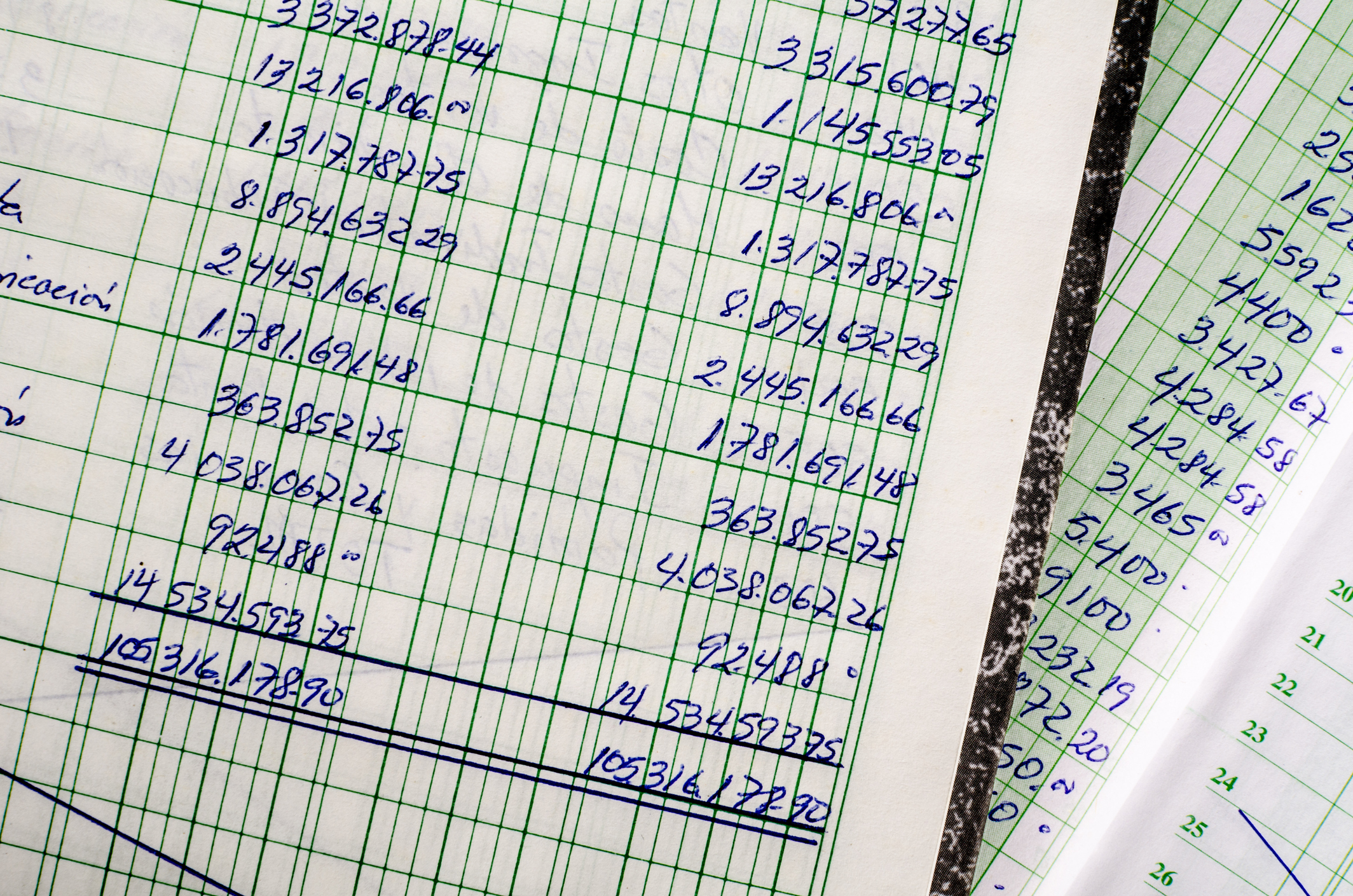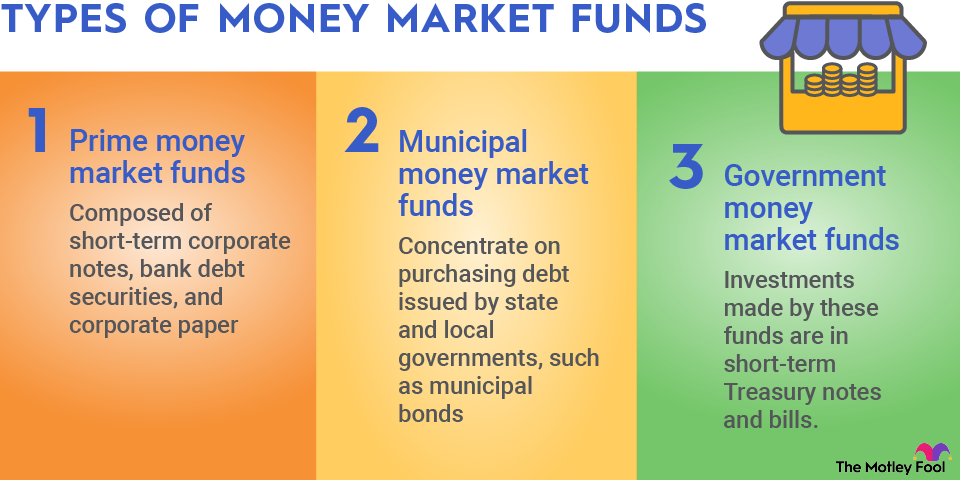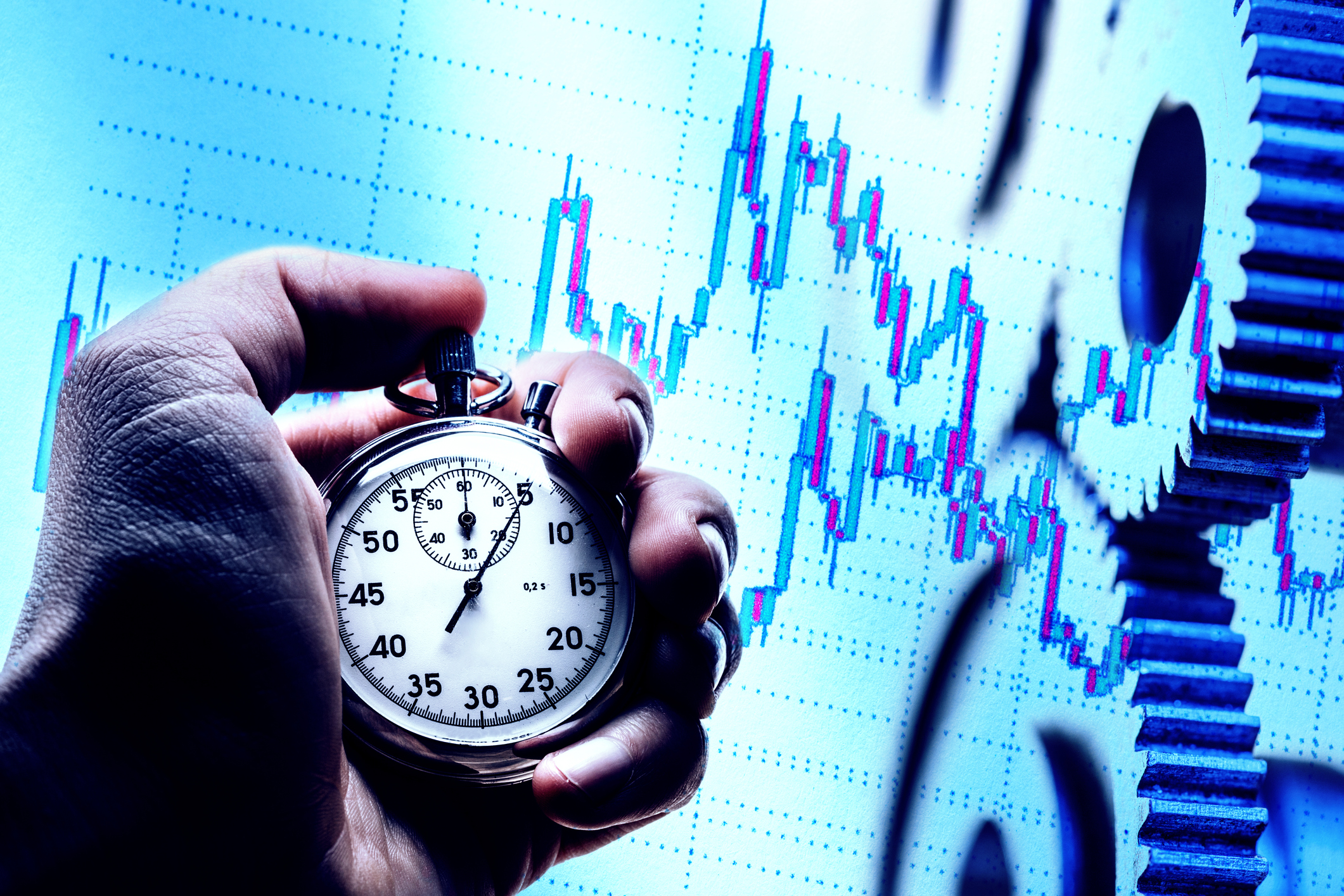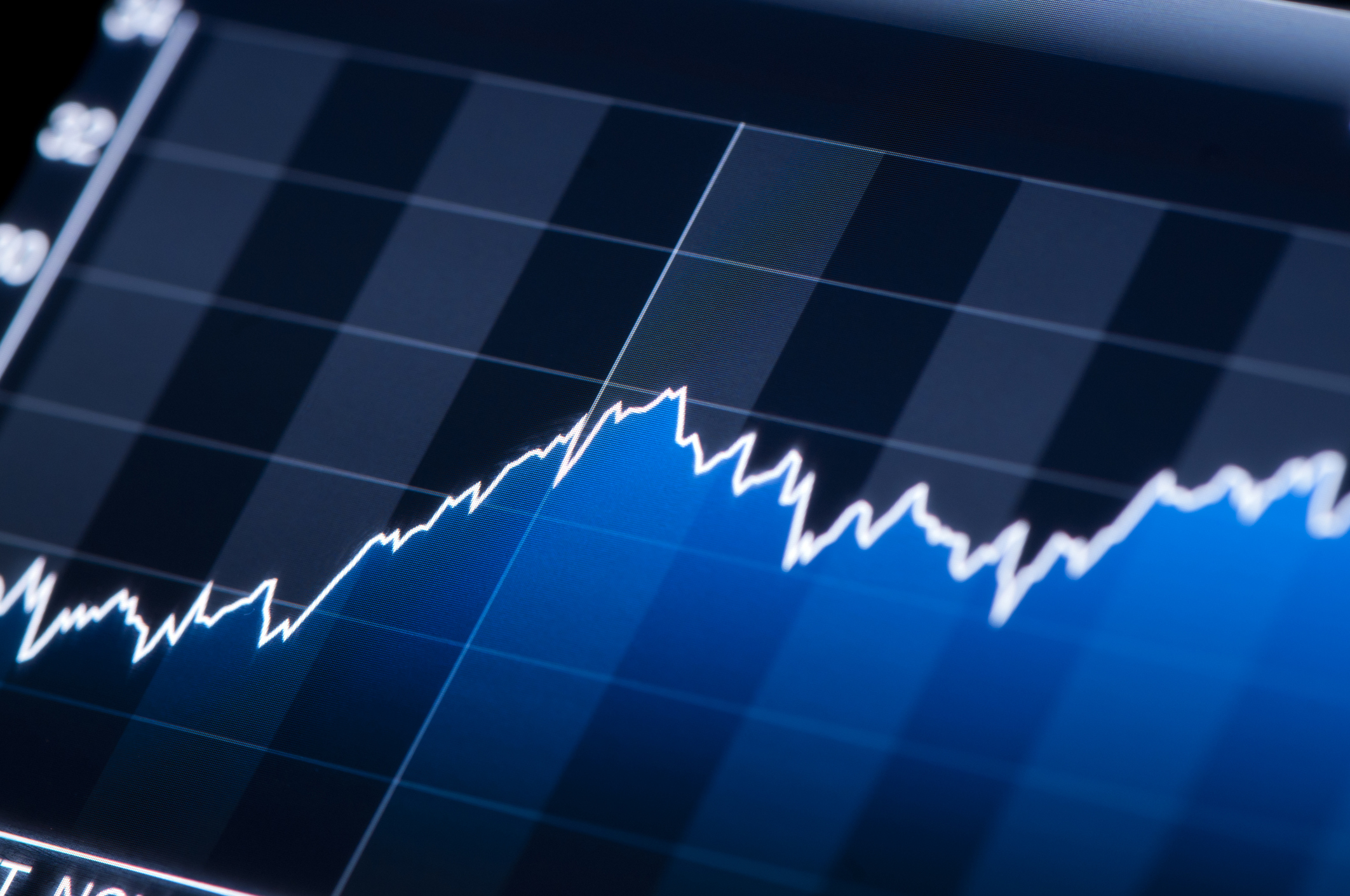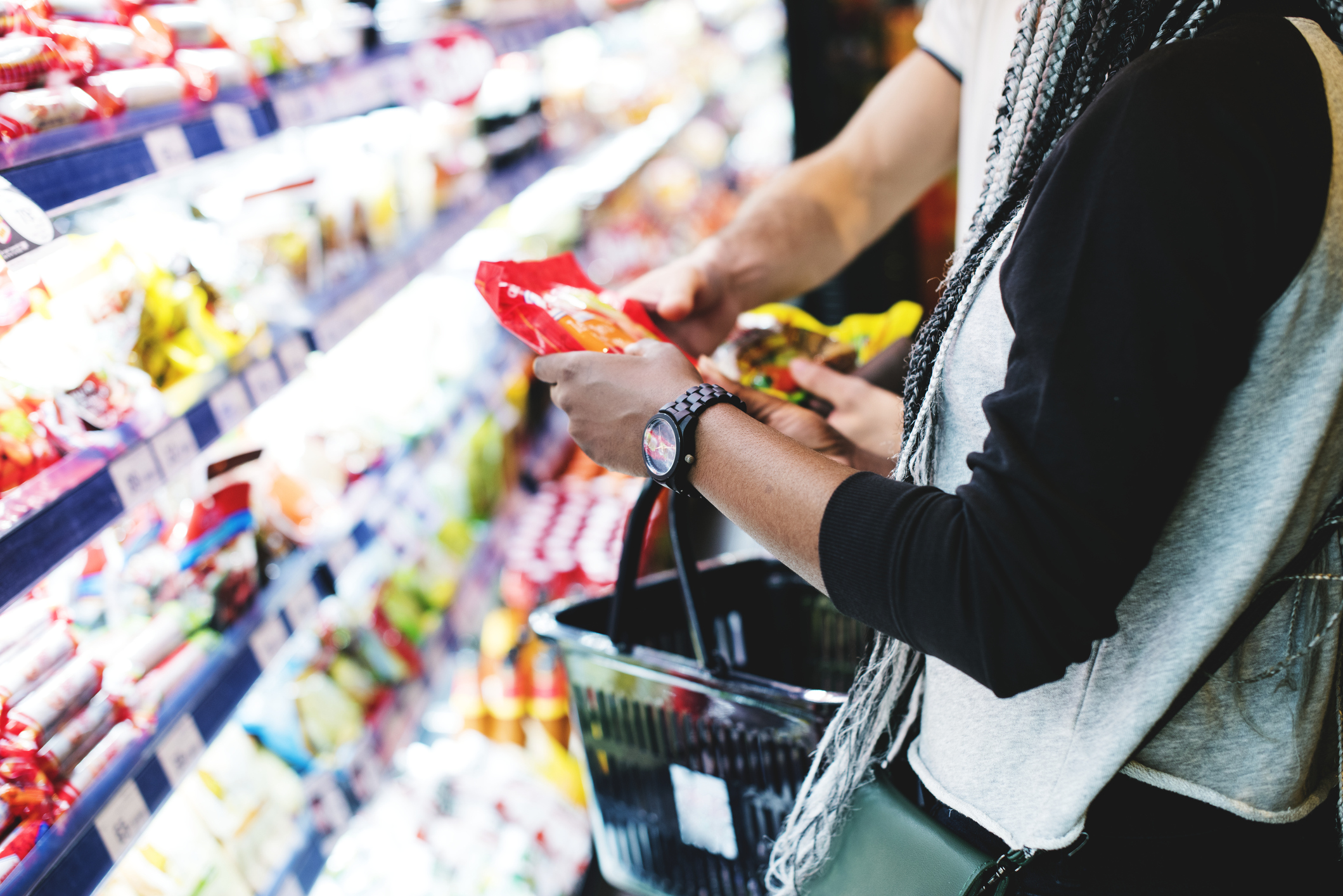Marginal utility can best be expressed by a lonely individual going to town on a box of Krispy Kreme donuts. Sure, the first donut can taste divine, but by the fifth or sixth donut, a level of bloat and self-loathing permeates the senses. Marginal utility is a fundamental economic concept that explains how much additional satisfaction or benefit a person gains from consuming one more unit of a good or service.
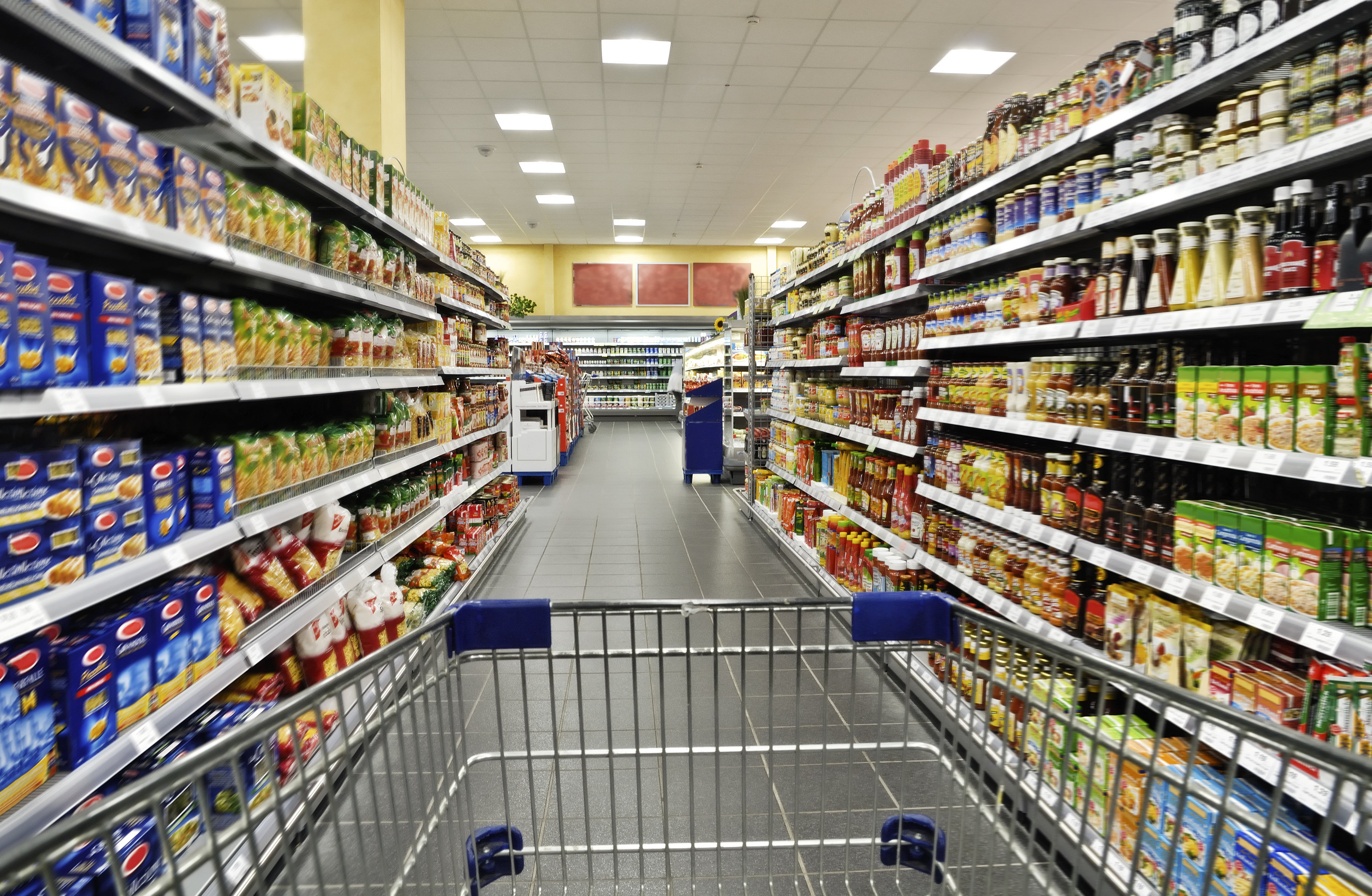
Understanding marginal utility
Marginal utility is a fundamental economic concept that explains how much additional satisfaction or benefit a person gains from consuming one more unit of a good or service. The idea is simple: The donut is incredibly satisfying, but the enjoyment diminishes by the fifth or sixth donut. This decline in satisfaction is referred to as diminishing marginal utility, a core principle in economics.
There are three main types of marginal utility:
Positive marginal utility
Each additional unit consumed increases satisfaction. For example, drinking a second cup of coffee in the morning might boost energy even more.
Zero marginal utility
Consuming another unit provides no additional satisfaction. This might happen when someone is full and eating more food doesn't bring any extra pleasure.
Negative marginal utility
Additional consumption actually decreases satisfaction. Eating an eighth donut might lead to extreme discomfort rather than anything resembling enjoyment.
Why marginal utility matters
Pricing and demand
Businesses rely on marginal utility to set prices, particularly in the case of items with zero marginal utility. If consumers gain less satisfaction from additional units, they are unlikely to pay the same price for more. Selling in bulk is one way to remedy this, or selling an addictive substance like nicotine. Stores like Costco offer incredible discounts for bulk purchases because the additional utility of extra items is lower, and consumers need the incentive to buy more. A shopper may buy one expensive coffee but may think twice about purchasing a second one at full price because the satisfaction gained does not justify the cost. This is why businesses use strategies like "buy one, get one half off" to lure customers.
Taxing the citizens of the world
Most people reading this will be living in a country with a progressive tax system, like the United States. The United States has a progressive income tax system, meaning the more you earn, the greater percentage of your income is taxed. The reasoning behind it is that as a person earns more money, each additional dollar provides less benefit to their overall well-being compared to someone with a lower income.
If a person earning $30,000 per year receives an extra $1,000, that money might significantly improve their quality of life, covering rent, groceries, or the increasingly expensive medical bills. However, if someone earning $1 million per year receives an additional $1,000, the impact on their daily life is negligible since they are already financially secure. True, they might not be able to buy the latest yacht or ask a European country to dismantle a historic bridge to move it, but they will be able to easily survive with the essentials.
Applying marginal utility in decision-making
Budgeting for value
Consumers can use marginal utility to optimize spending. If one enjoys both coffee and tea but finds that an extra cup of coffee provides less satisfaction than an extra cup of tea, changing one's spending accordingly can increase overall satisfaction.
Businesses pricing strategies
Companies use marginal utility analysis to determine optimal pricing structures. Many software-as-a-service (SaaS) businesses will develop their pricing based on the concepts of marginal utility. Streaming services, for example, offer subscription models rather than per-movie pricing, knowing that the perceived value of individual movies declines over time.
Investment decisions
Investors and financial analysts consider marginal utility when evaluating risk and returns. A person investing their first $1,000 may gain significant utility, but adding another $1,000 might not have as much impact. This concept helps balance risk and diversification in portfolio management.
Related investing topics
Example: Fast food combo meals and marginal utility
A classic example of marginal utility is the fast food combo meals that almost everyone enjoys at some point in their lives. If you've considered investing in fast food stocks, you might want to understand why the business model works the way it does. For example, let's say that a fast-food restaurant offers a bacon cheeseburger for $5. The restaurant offers a full meal, adding fries and a drink, for just $2 more.
Even though the customer might not have ordered fries or a drink separately, the additional cost is low compared to the perceived benefit, making the deal appealing. This is an application of diminishing marginal utility as the restaurant understands that after buying a burger, the next most useful thing isn't another burger but a complementary item like fries or an extra large Mountain Dew.
